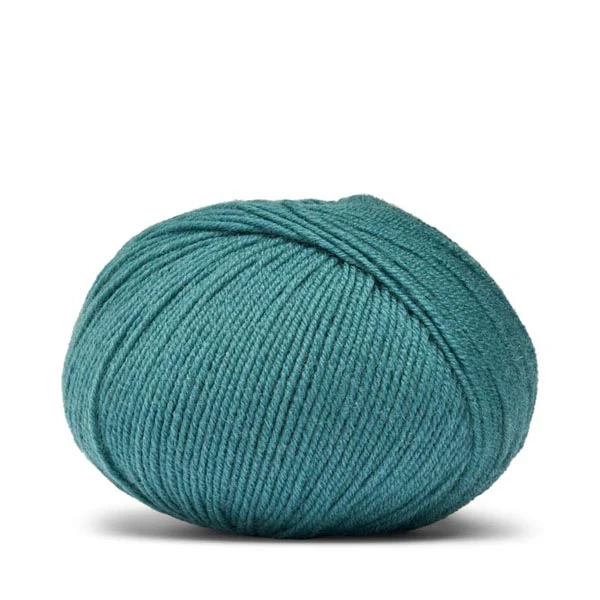Recommended Reasons On Choosing Merino Wool Base Layers
Wiki Article
Why Are Yak Merino Wool Base Layers So Efficient For Winter Sports Apparel In Terms Of Warmth/Temperature Regulation Moisture Management, Comfort And Durability?
Yak merino wool base layer are a top choice for winter sports clothing because of a mix of factors that improve warmth, temperature regulation, moisture management, comfort, and durability- Warmth and Temperature Regulation-
Insulating Properties - Yak and Merino both have natural insulating qualities. Yak wool wicks away heat through hollow fibres. Merino is also known for its insulation.
regulates body temperature. The fabric is able to regulate body temperatures by taking warmth away in cold weather but allowing breathability during high activity.
Moisture Management-
Merino is a moisture-wicking yarn. The properties of Merino draw moisture away and disperse moisture which helps prevent sweat accumulation. Yak fibers also aid in transporting water to keep wearers cool and dry during vigorous exercise.
Comfort-
Softness Merino Wool is renowned for the fine, soft fibers it has. They are less irritating to the skin. In addition, yakwool fibers are soft can also improve comfort.
Odor Resistance - Both types of wool possess natural antimicrobial properties, which help in reducing the growth of bacteria that cause odor and ensuring that the clothing remains fresh.
Durability-
Strength and Resilience: Yak wool has a extremely durable. When you combine it with the strength and resilience of merino fibers, the fabric is created to be sturdy and durable.
Natural Fiber Benefits-
Yak, merino, as well as other renewable fibers are environmentally green.
These wools can be used to deal with a range of conditions of the weather.
The combination of yak and merino leverages the strengths of each material, creating the perfect fabric providing warmth, regulating temperature, managing moisture, providing comfort and ensuring toughness. This is what makes yak and Merino wool-based base layers suitable for winter sportswear. They are designed to withstand the demands of outdoor activities in cold climates, and also keeping the wearer dry and warm. Have a look at the most popular merino wool base layer for website recommendations including ski thermals, wool mid layer, merino wool leggings women's, best mid layer skiing, merino 250 base layer, airblaster merino ninja suit, smart wool baselayer, skiing mid layers, best thermal underwear for skiing, best merino wool base layer and more.

What Are The Benefits Of Bamboo Clothing In Regards To Thermal Regulation As Well As Biodegradability, Uv Protection, And Environmental Impact?
Thermal Regulation: Bamboo clothing is a fantastic choice to regulate temperature. It also provides protection against UV and biodegradability.
Bamboo fabric is a great insulation material. It has natural thermal regulation capabilities. This provides warmth and comfort in cold weather while remaining cool and breathable. It regulates body temperature by keeping the warmth during cooler temperatures, and permitting ventilation during exercise to avoid overheating.
UV Protection
UV Resistance- Bamboo materials provide natural protection from harmful UV Rays. Bamboo fabric blocks as much as a third the UV rayons.
Biodegradability-
Environmentally Friendly - Bamboo clothes can be biodegradable. They are able to break down naturally and do not cause pollution to the environment. This feature reduces garbage and reduces the environmental impact of discarded clothes.
Environmental Impact-
Sustainable Bamboo- Bamboo is highly durable as a raw material. It grows rapidly and abundantly without the requirement for chemical fertilizers, thus reducing the impact on the environment of cultivation. Its speedy growth is what makes it renewable.
Bamboo has a lower water usage than other crops. This is essential to conservation efforts, as it eases the strain on water resources.
Soil Conservation
Soil health - Bamboo cultivating doesn't usually remove soil nutrients, nor require intensive irrigation. This leads to healthier soil conditions.
Carbon Sequestration
Bamboo's carbon absorption capacity is high. Bamboo plants can absorb more carbon dioxide than other plants and also release more oxygen in the air. This property can help to reduce carbon dioxide emissions and help combat global warming.
Bamboo clothing comes with many benefits such as the ability to regulate temperature, block UV and biodegradability as well having a positive impact on the planet. This makes it a desirable choice for anyone looking to buy sustainable, functional clothes. These qualities align with eco-friendly practices, bringing benefits to both the wearer as well as the environment. View the recommended lowest price about bamboo clothings for blog recommendations including childrens bamboo socks, bamboo chafing shorts, dixxon bamboo shirt, bamboo baby pajamas, bamboo fitness clothing, bamboo ladies pants, bamboo t shirts womens, ladies bamboo pants, bamboo maternity, bamboo cotton t shirts and more.

What Are The Differences Between Merino And Bamboo Clothing?
Merino wool bamboo clothing, regular wool can be distinguished with distinct characteristic.
Softness- Merino is known for having fine, soft fibers that make it comfortable to wear. It's less likely to cause irritation or itch than traditional wool.
Merino Wool has excellent moisture- Wicking Properties- Merino is a material that wicks moisture which draws out moisture and allows it evaporate. The wearer remains dry and comfortable.
Merino wool is extremely warm, even when wet. It regulates temperature and gives insulation for cold weather, and allows for breathability even in hot temperatures.
Odor resistance- It stops the development of odor-causing bacteria and ensures that clothes remain fresh, even when worn for extended periods.
Bamboo Clothing
Bamboo clothing is well-known for its silky and soft texture, frequently compared to cashmere or silk. It's a gentle material that provides a comfortable wearing experience.
Bamboo fabric is moisture-wicking that means it draws moisture away from your skin and keeps you dry while exercising.
Temperature Regulation- Bamboo clothing has natural temperature-regulating abilities, offering warmth in winter and breathability to prevent overheating.
Sustainable Bamboo is a very renewable resource, and it grows quickly without the need for pesticides or fertilizers. It is biodegradable, and it has minimal environmental impact.
Regular Wool
Texture The texture of wool may differ Some are coarser than others, and more likely to cause itching or discomfort.
Warmth- Wool is a great insulation, however it can feel heavy and bulky.
Wool is not as effective as bamboo or merino fabrics in wicking away moisture because it can absorb moisture. It holds the heat, even if it's moist.
The benefits of merino are its softness, moisture-wicking capability as well as resistance to odor and insulation. Bamboo clothing offers a silky texture, moisture-wicking abilities as well as temperature control and long-term sustainability. Regular wool is different in texture. It might not be as soft, or have the same moisture-wicking capabilities like bamboo and merino, but it does provide warmth. Each has its own advantages, and can be tailored to specific needs and preferences for winter clothes. See the recommended these details on merino wool base layers for website recommendations including merino wool base layer clearance, wool underlayer, smartwool base layer womens, wool mid layer, omniwool base layer, smartwool merino 250 base layer, snow base layers, merino wool base layer clearance, heavyweight merino wool base layer, wool undershirts and more.
